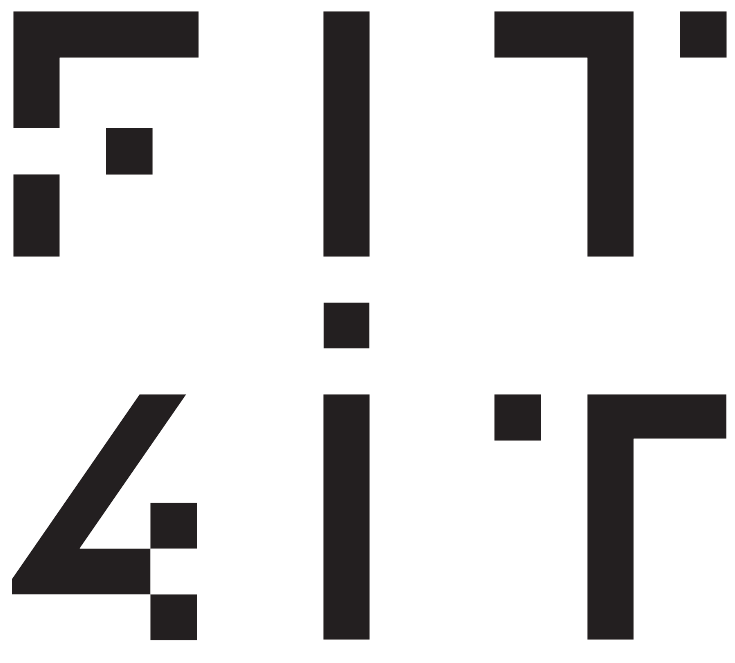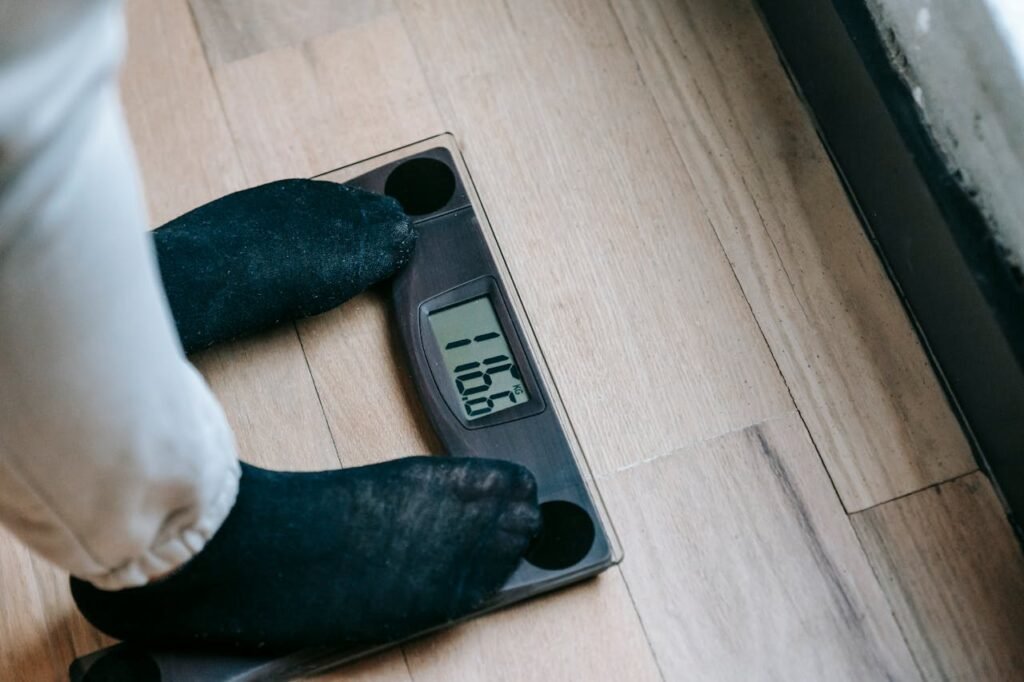We’ve all heard it: “No pain, no gain.” Push harder, train longer, sweat more. If you’re not exhausted, you’re not doing enough.
But here’s the truth nobody tells you: sometimes the harder you push, the more your body pushes back. At FIT4IT, we’ve seen clients who work out six or seven days a week, track their calories, and still can’t lose weight, or worse, they actually gain it.
This article will explore how overtraining weight gain happens and what you can do about it.

Overtraining weight gain often happens when the body is pushed too hard.
Exercise Is Healthy Stress… Until It’s Not
Think of exercise as a kind of stress test. You lift, run, or sweat through intervals, and your body responds by adapting, building muscle, burning fat, and getting fitter.
But adaptation doesn’t happen during the workout itself. It happens later, when your body gets a chance to rest. Without workout recovery, the nervous system stays stuck in fight-or-flight mode. Cortisol, your stress hormone, stays high.
Instead of building a faster metabolism, your body slows it down. Instead of losing fat, your body clings to it as a shield.
When Effort Backfires
Overtraining sets off a cascade of side effects that can quietly sabotage all your hard work:
- Metabolism slows. Studies show that chronic overtraining can lower your daily calorie burn by up to 20%. Imagine working just as hard but burning hundreds fewer calories each day.
- Fat storage increases. Cortisol sends your body the signal: “We’re under attack, store energy now.” And that energy usually gets stored as fat around the belly.
- Appetite goes up. Overtraining makes most people eat an extra 400-600 calories a day without even realizing it. Do that for a year and you’ve got 15 pounds of fat gain, while working out more than ever.
- Sleep suffers. Elevated stress hormones mess with deep sleep, which means recovery slows and cravings spike.
- Injuries creep in. Around 36% of high-intensity exercisers report injuries, and the U.S. has logged more than 4 million HIIT-related injuries in just a decade. Each one is a setback that makes consistency harder.
No wonder so many people feel like they’re spinning their wheels.
The Nervous System: Your Hidden Control Center
Your nervous system is the ultimate decision-maker. It decides when to push, when to recover, and when to conserve.
- In sympathetic mode (fight/flight), your body mobilizes energy and keeps you alert. Perfect for a workout.
- In parasympathetic mode (rest/digest), your body repairs, rebuilds, and burns fat more efficiently.
Why “More” Isn’t Always Better
We’ve worked with executives, parents, and weekend warriors who share the same frustration: “I don’t get it. I work out harder than anyone I know, and I’m still stuck.”
Here’s the pattern:
- Energy dips instead of climbs.
- Hunger takes over even with “clean eating.”
- Fat clings tighter instead of melting away.
The very discipline that was supposed to deliver results ends up locking them out of reach. Many people assume personal training is only about tougher workouts, but the real value comes from learning how to balance effort with recovery.
Train Smarter, Not Harder
That’s why we don’t just hand people a harder workout plan and send them on their way. At FIT4IT, we focus on creating the right conditions for the nervous system to reset so your body can finally respond the way you want it to.
Here’s how we do it:
- Quality over Quantity: Just 3-4 focused sessions a week, each 40–45 minutes, are enough. No burnout, no plateaus.
- Built-In Recovery: Every session includes breathwork to calm the system and prevent overdrive.
- Nutrition that Heals: Anti-inflammatory meals stabilize blood sugar, reduce stress, and support hormone balance. Working with a nutritionist can also help ensure your diet supports recovery, hormone balance, and long-term fat loss goals.
- Mindfulness and Sleep Tools: Because fat loss also helps the nervous system reset daily.

The best way to prevent overtraining and weight gain is to balance workouts.
The outcome? Clients often see better results training less because their bodies finally feel safe enough to let go of the weight.
Conclusion
Overtraining places the body under constant stress, which leads to aging, disrupting recovery, and making weight management harder instead of easier. When the nervous system never resets, fat loss slows, appetite rises, and energy declines.
The solution is not to push further but to create the right balance between training and recovery. At FIT4IT, our approach focuses on sustainable methods that restore the body’s rhythm, support metabolism, and deliver results that last.
Was this helpful?
Good job! Please give your positive feedback
How could we improve this post? Please Help us.






No Comments